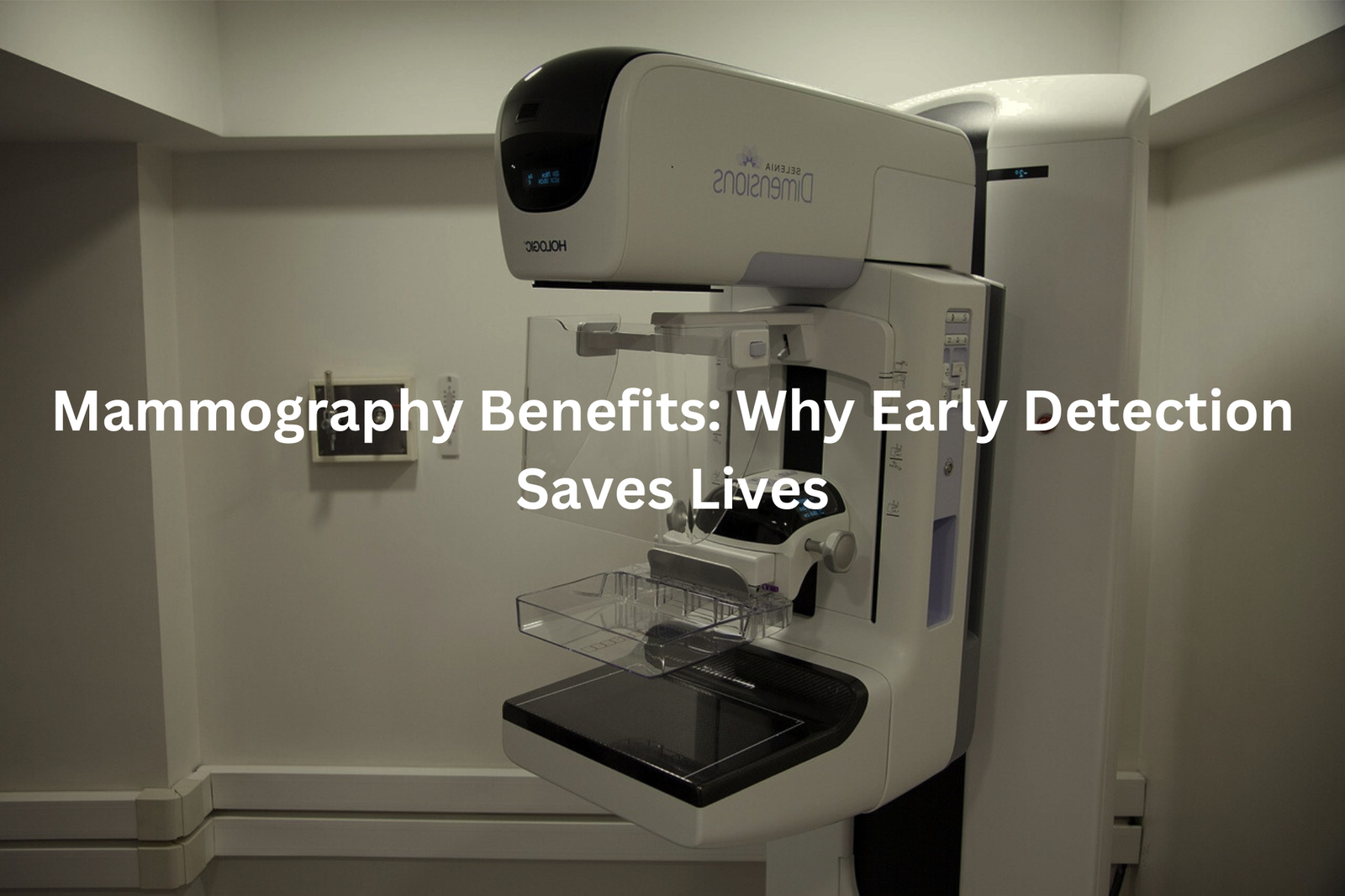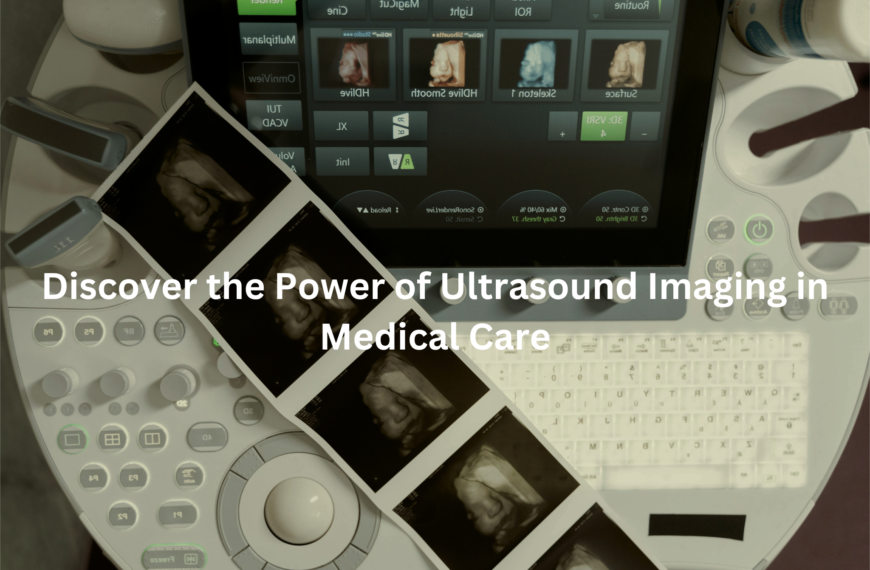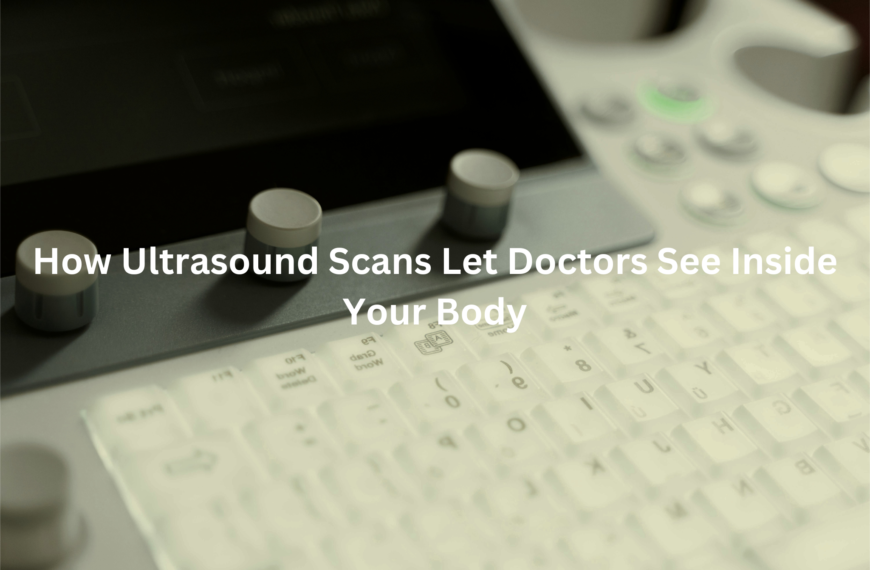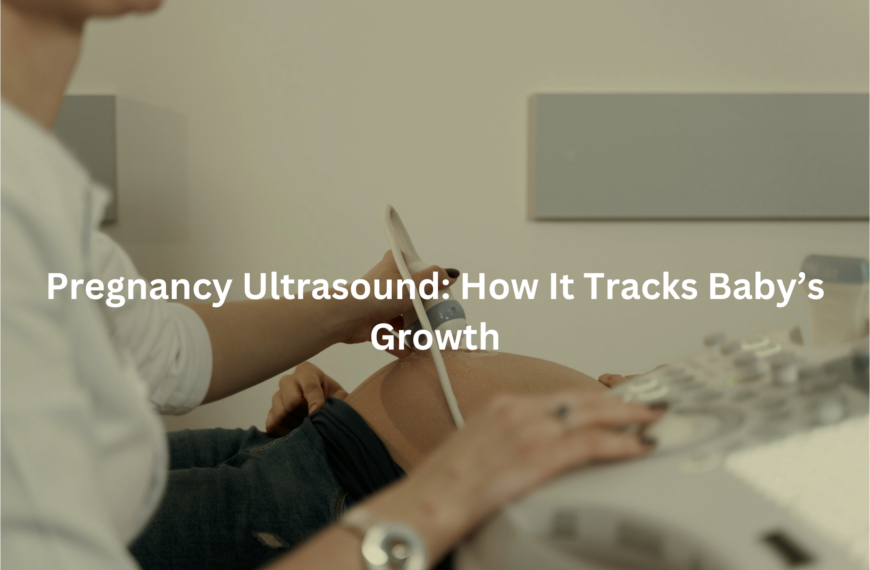Mammograms save lives! Early detection finds tiny lumps before you can feel them. Stay ahead with regular breast screenings.
A mammogram takes detailed pictures of breast tissue, finding tiny changes before anyone can feel them. These scans (using low-dose x-rays) spot lumps as small as a grain of rice, making them a key tool for early cancer detection. Women aged 40 and above need regular mammograms every two years, though some might start earlier based on their medical background.
The scan takes about 20 minutes at a breast screening clinic, with trained staff guiding patients through each step. Medicare covers these screenings, making them free at most Australian clinics. Booking a scan is straightforward – just ring the local breast screening service or ask a GP for a referral.
Key Takeaway
- Mammograms help find breast cancer early, which can save lives.
- Regular screenings can reduce deaths from breast cancer significantly.
- Early detection means less invasive treatments and better health outcomes.
Understanding Mammography Benefits
Mammograms serve as a vital screening tool for breast cancer detection in Australian women. These low-dose X-ray tests take just 10 to 15 minutes, making them a quick yet powerful way to spot potential issues early.
The Australian government offers free mammogram screenings every two years for women aged 50 to 74 through BreastScreen Australia(1). South Australian data shows these regular checks have cut breast cancer deaths by up to 41% (based on state health records from 2020).
Women aged 40 to 49 can access free mammograms too, though medical consultation helps determine if it’s needed. Those under 40 typically don’t require screening unless family history or genetic factors suggest higher risk.
The process involves gentle compression of each breast while X-ray images are taken. While some women feel brief discomfort, the pressure lasts only seconds. For booking a mammogram in Australia, women can call 13 20 50 or visit their local BreastScreen clinic.
Early Detection Saves Lives
Early breast cancer detection through mammograms saves lives, even before symptoms show up. These special x-rays can spot cancers smaller than a rice grain (about 2-3 millimeters), making treatment much more successful.
For women between 50 and 69, regular mammogram screenings offer critical protection. The numbers tell a clear story – early detection leads to survival rates of up to 99% for some breast cancers. The whole process takes just 20 minutes, and it’s completely free through Medicare.
Women aged 40-49 can get free screenings too, but should check with their doctor first. Those under 40 typically don’t need regular mammograms unless they have:
- Family history of breast cancer
- Known genetic risks
- Previous breast conditions
The screening process is straightforward:
- Book an appointment
- Get a referral if needed
- Have the scan done
- Receive results within 2-3 weeks
Regular mammograms catch cancer early, when treatment works best. Book a screening today through any accredited breast screening clinic.
Less Invasive Treatment Options
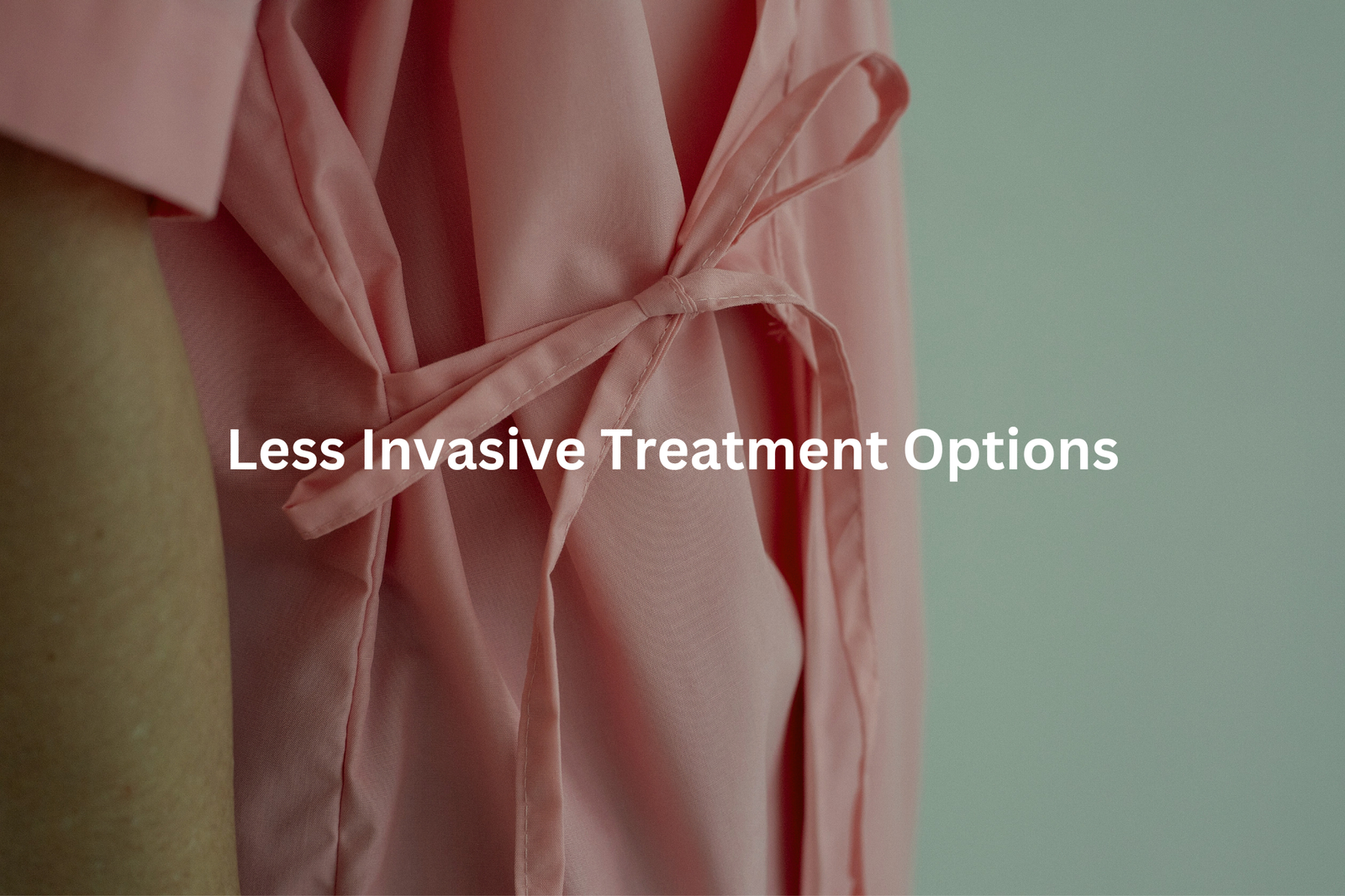
Mammograms offer a clear picture of breast health, giving women the answers they need. These screening tests make a big difference in breast cancer outcomes(2).
Early detection through mammograms leads to better results:
- Small tumours (often less than 2cm) are easier to treat
- Simple procedures like needle biopsies might be enough
- More women can have breast-conserving surgery
- Recovery times drop to just 2-3 weeks
Regular screenings boost survival rates by 25% for women aged 50-74 (according to Cancer Australia). Most patients with early detection need less aggressive treatment, sometimes just a quick day procedure instead of major surgery.
The screening process takes about 20 minutes. Each breast gets compressed between two plates while an X-ray captures detailed images. While some women feel pressure during the test, it’s brief and manageable.
Medicare covers screening mammograms every two years for women over 40 in Australia. Booking through BreastScreen Australia means no doctor’s referral needed.
The Impact on Public Health
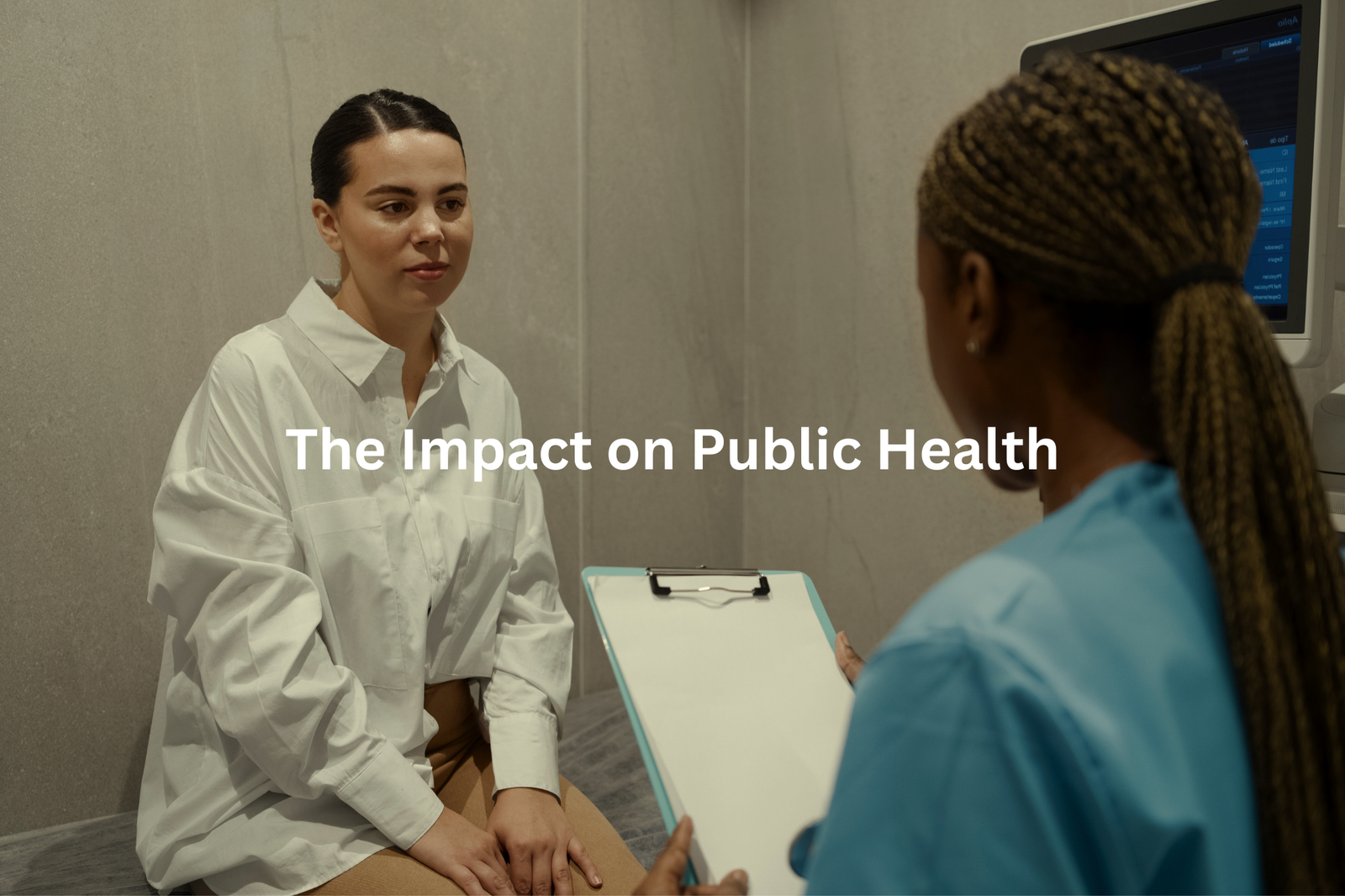
Breast cancer numbers in Australia tell a clear story. The national screening program has cut deaths by 28% through early detection, making a real difference in survival rates.
BreastScreen Australia gives free mammograms to women aged 50-74 (the highest-risk group). The program works in three key ways:
• Spots cancer before lumps appear
• Reduces advanced-stage cases by 35%
• Lowers death rates by 21% (based on Australian health data)
Women with family history or genetic risks need different screening plans, sometimes starting before 50. Their doctors might suggest breast MRIs alongside regular mammograms. The screening process takes about 20 minutes and happens every two years. Modern machines use lower radiation doses than older models (about 0.4 millisieverts per scan).
Research shows early detection leads to simpler treatments and better outcomes. The message is straightforward – regular screening saves lives. For booking information, women can call BreastScreen Australia at 13 20 50.
The Importance of Regular Screenings
Sources: Australian Department of Health and Aged Care.
Women aged 40 and above need regular mammograms, yet many put it off. The reasons vary – some think they’re too young, others worry about pain or radiation exposure. But breast cancer doesn’t follow a schedule.
A mammogram (an X-ray of the breast tissue) takes about 20 minutes and finds cancer before symptoms show up. Research shows it cuts down deaths from breast cancer, particularly in women over 50.
Some women need more than standard screening. Those with dense breasts (more glandular tissue, less fat) might require 3D mammograms or breast MRIs for better imaging. The dense tissue makes spotting tumours trickier on regular scans.
Family history matters too. Women with close relatives diagnosed before 50 might start screening earlier, around age 30. A doctor can help decide the right screening plan. Early detection means better treatment outcomes – that’s what matters most.
Potential Side Effects
Mammograms might seem scary at first. The machine presses the breast between two plates, taking X-ray pictures to check for signs of cancer. The whole process takes about 10 minutes.
Some common side effects include:
• Short-term discomfort from breast compression
• False-positive results needing more tests
• Very low radiation exposure (less than a chest X-ray)
About 10% of women get called back for additional imaging. Most callbacks happen because of dense breast tissue, non-cancerous cysts, or unclear images – not cancer. The waiting period for results can last a few days to weeks.
The benefits outweigh these temporary issues. Early detection through mammograms leads to better treatment options and higher survival rates, particularly in women over 50(3).
Australian medical guidelines suggest mammograms every 2 years for women aged 50-74. Women with family history of breast cancer might need to start screening earlier. A GP can provide personalised screening advice based on individual risk factors.
The Role of Technology
Mammography has changed dramatically over the past decade. The grainy, unclear images of the past have given way to sharper, more detailed scans that help detect breast cancer earlier.
Modern mammogram machines now use 20-30% less radiation while producing better images. The biggest advancement, 3D mammography (tomosynthesis), takes multiple X-ray pictures from different angles. These images create a detailed view that makes finding tumours easier, especially in dense breast tissue.
Computer systems now assist radiologists by flagging potential concerns. This double-checking process has reduced false positives by 30%, meaning fewer women need to return for additional testing.
For women with dense breast tissue, 3D mammography offers significant benefits. Research shows it detects 40% more cancers compared to traditional methods.
Australian health guidelines recommend women aged 50-74 get mammograms every two years. Medicare covers these screenings at approved breast screening centres across the country.
FAQ
What is low-dose radiation used in mammograms?
Mammograms use low-dose X-rays to create detailed images of the breast. The radiation dose is very small, much lower than what you would get from a chest X-ray. This low-dose approach helps ensure the benefits of early cancer detection outweigh any potential risks from the radiation.
How do X-ray tubes work in mammography?
Mammograms use a special X-ray tube called a molybdenum anode tube. This tube produces a low-energy X-ray beam that is well-suited for imaging soft breast tissue. The X-rays pass through the breast and are captured on a detector, creating the detailed images used by doctors to check for any abnormalities.
Who is considered high risk for breast cancer?
Women at high risk for breast cancer include those with a personal or family history of the disease, as well as those with certain genetic mutations. Having dense breast tissue or a previous breast biopsy that found abnormal cells can also increase a woman’s risk level. Regular screening mammograms are especially important for these higher-risk groups.
What is the difference between 2D and 3D mammograms (breast MRI)?
2D mammograms take X-ray images of the breast from two angles. 3D mammograms (also called breast tomosynthesis) take multiple images to create a clearer, layered picture. Breast MRI, which uses magnetic resonance imaging, is sometimes recommended alongside mammograms for women with dense breast tissue or a higher risk of breast cancer.
What are the long-term benefits of regular mammograms?
Getting regular mammograms can help detect breast cancer early, when it’s most treatable. This increases the chances of survival and may mean less aggressive treatment is needed. Long-term studies have shown that regular mammograms can reduce breast cancer deaths by 25–30% in women aged 40–69. Continuing screening as you get older is important too.
When should I start getting mammograms?
Health organisations generally recommend that women at average risk of breast cancer start having regular mammograms at age 40 or 45. Women at high risk may need to start screening earlier, usually between 30–35. Your doctor can help assess your personal risk level and determine the best screening schedule for you.
How do I prepare for a mammogram?
On the day of your mammogram, avoid wearing deodorant, powder, lotion, or perfume on your chest, as these can interfere with the X-ray images. You’ll need to undress from the waist up, so wearing a two-piece outfit makes it easier. The actual mammogram procedure only takes about 20 minutes, though you should allow extra time for check-in and preparation.
What is a breast biopsy?
If something suspicious is found on a mammogram or breast exam, your doctor may recommend a breast biopsy. This involves using a thin, hollow needle to remove a small sample of breast tissue, which is then analysed in a lab. A biopsy can help determine if a lump or abnormality is cancerous or not.
How common are false positives with mammograms?
False positive results—where a mammogram suggests an abnormality that turns out to be non-cancerous—are fairly common. Around 10% of women who get annual mammograms will have a false positive that leads to further testing. While stressful, false positives are generally not harmful and help identify women who may need closer monitoring.
How do I know if I have dense breasts?
Breast density is something your doctor can determine from your mammogram images. Women with dense breasts have more fibrous or glandular tissue compared to fatty tissue. This can make it harder for mammograms to detect abnormalities. If you have dense breasts, talk to your doctor about any increased cancer risk and additional screening options.
Conclusion
Mammography works as a vital screening tool for detecting breast cancer in its early stages. The x-ray machine (which uses low-dose radiation) takes detailed pictures of breast tissue to spot changes that might need checking. Women who get regular mammograms reduce their risk of dying from breast cancer by 30%.
Medical professionals suggest women start screenings between ages 40-50, depending on their risk factors. A doctor can help create the right screening schedule based on each person’s health background.
References
- https://www.cancer.org.au/mammogram
- https://www.health.gov.au/sites/default/files/documents/2020/11/breastscreen-australia-understanding-informed-decision-making-a-literature-review-about-australian-women-s-attitudes-to-participating-in-population-based-breast-screening.pdf
- https://www.cancervic.org.au/cancer-information/screening/breasts-health/breast-screen

